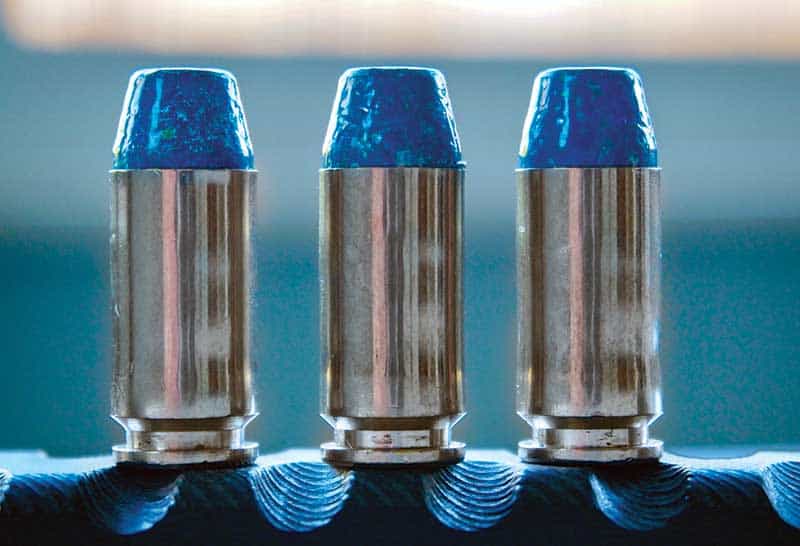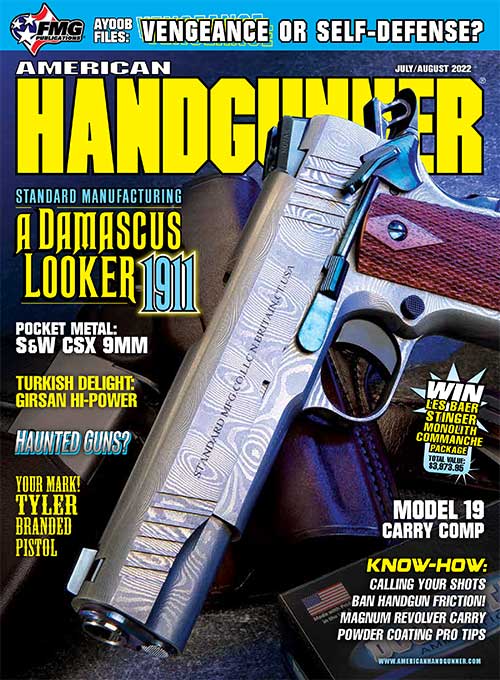Handloading: Killin’ Zs: Conclusion
Alderman Malachi David (LtCol Ret.)
William B. Ruger Compound, Area X-Ray, Free Montana Territory
February 14th, 2173 anno Domini nostri Jesu Christi
My Dearest Uncle Kai,
I pray that everything is well in Free Montana. We had only a minor infiltration of Zs on our eastern border. We captured a capitol patrol in October. I was shown a newer way to powder coat bullets, commonly used in the 2020s. The G2 has allowed me to send it without redaction.
Patrol Report
SGT Natalie Tektone, A Co. 3rd BDE, 2nd Daniel Regiment
Free Kansas, near the border of Sovereign Texas
We captured a patrol today. The 11 troops, one deceased, surrendered immediately. The officers had AR-15s, but the rest of the troops had Mossberg 930s loaded with slugs. Each of them was carrying a S&W Shield in .40 S&W.
I was curious about their unique .40 S&W cartridges and SPC Juliet led me to the back of her Rover and showed me how they were made. The furnace and baking oven were coal-fired, but our bullet-making tasks are much easier since we have an abundance of electricity.
The bullets came from a Lee 90690, a .401 six-cavity, 175-grain, LTC mold with a single lube groove. Using an alloy similar to Linotype, it throws 175-grain bullets consistently, but she recommended we always keep the mold hot when pouring. Keeping it on top of the lead furnace or a hot plate works well. For the .401 sized bullets, a cold mold produces a wrinkly bullet, and a hot mold throws frosty ones. The bullets will be completely consistent once the user gets into a good rhythm, but this mold is sensitive to temperature.
Juliet powder coated these bullets in two colors: Eastwood Powder Mirror Blue and Harbor Freight White. The way the powder was applied was unique. It should be noted Capitol troops do not have clan colors, so these colors are her personal preference but serve the same purpose.
She made a slurry of the Eastwood paint and lacquer thinner, about the same consistency of heavy cream. The consistency of this mix was controlled by pouring a couple of tablespoons of powder into a bowl, then adding lacquer, stirring constantly. If she could swirl the mixture by agitating the bowl, the consistency was about right.
The bullets were dumped into the slurry. She did as many as 50 at a time, stirring constantly. When they were coated evenly, she dumped the bullets over a piece of garden fencing with 1/2″ square openings. The slurry drained into a pan, which she dumped back into the bowl. The volatile lacquer thinner dries within a couple of minutes, allowing Juliet to handle the bullets with her fingers. She set them base down onto a cooking sheet.
Using a saltshaker full of Harbor Freight white powder coat paint, she shook a light coat of powder on the dry coated bullets on the tray, then baked them. The bullets came out looking like snowcapped mountains.
She took one bullet and clamped it into a vise to test the coating. She squeezed it to about 1/4″ wide, explaining that if the paint stayed with the bullet without cracking or peeling, it would be fine in the barrel.
After this instruction, I attempted some bullets of my own. The first thing I found was the thinner dried before I could get an even coat on them. I discovered lacquer thinner could be added as needed, changing the viscosity. I learned why Juliet placed them upright. They lose their concentricity if the paint cooks while lying on the side.
End of Report
As you can see, Uncle Kai, the bullet-making style is unique and efficient. Looking at the archives, the .40 S&W went “out of favor” when users decided there was no advantage of the .40 over the 9mm. However, the .40 delivers 160- to 180-grain bullets at 800–1,100 fps velocities.
When I went to look through the archives for loads using the 175-grain bullet, there was little information. However, my painted bullets averaged 177.6 grains. It was close to the weight and design of plated 180-grain bullets. I experimented with lighter loads from published recipes for those and found velocities to be similar.
Uncle Kai, I do miss you and Aunt Dass. I am up for promotion soon, so you’ll have to come here when you can. Spring crops are planted, and we will be shipping our early spring yield at the end of March. As usual, I’ll be up on 7.175 MHz on the same schedule. I’m looking forward to our chats.
Nat






